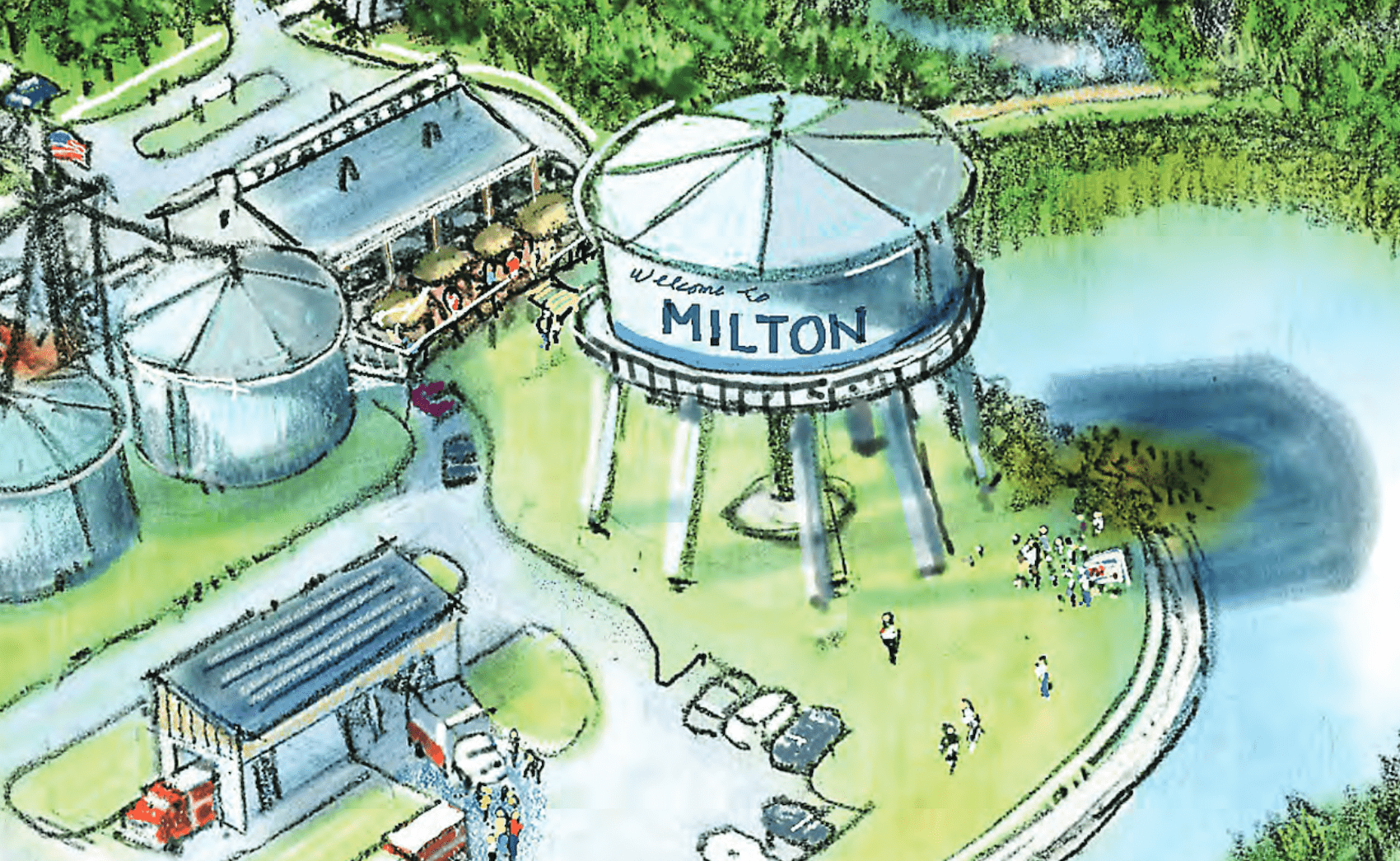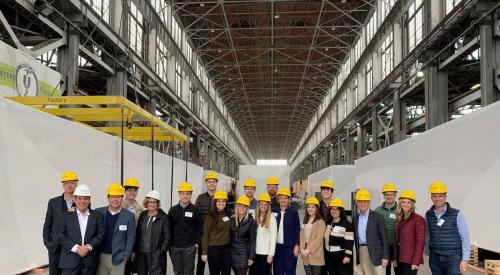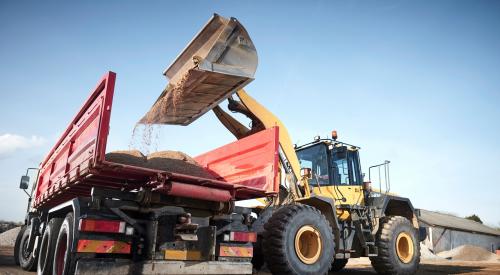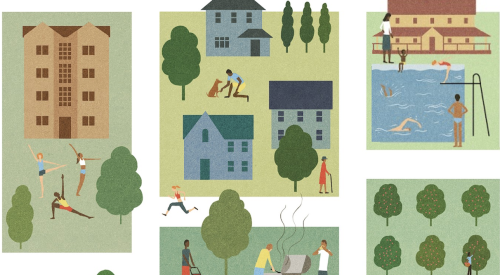
CEO and Managing Partner
Convergence Investments
Master planned communities (MPCs) traditionally provide residents with the experience of living in a self-contained development almost entirely independent from surrounding towns or nearby cities. But Colby Cox, of Convergence Investments, a Jackson, Wyo.-based real estate private equity firm specializing in residential MPCs, is challenging that model by bringing new development to a historical residential area, one with which he has a deep personal connection.
Cox’s hometown of Milton, Del., built along the Broadkill River in Sussex County, will serve as the foundation for The Granary, an MPC being developed by Convergence that will support local agriculture, foster economic growth, and connect a new neighborhood with a centuries-old community.
PRO BUILDER: Where did you get the idea to revitalize your hometown with a master planned community?
Colby Cox: My family owned a cannery in the town during the early 20th century, around 1910 to 1912. This property was purchased as an agricultural component of the cannery, so it was a vertically integrated operation serving as a kind of farm-to-table concept from way back in the day. It passed from my great grandfather to my great uncle to my grandfather and then fairly recently to my mom, and I bought it from her about a year ago.
The property is right on the edge of Milton, Delaware, which is almost 400 years old. Traditionally, the 453 acres of land have been used for farming, but they are pristine in terms of proximity and walkability to the historical downtown. It’s part of the town’s growth plan, but at its core, it’s also a family legacy asset.
PB: What community amenities will be included in The Granary?
CC: The biggest component of the plan in terms of amenities is the 55 acres of parks and open space that will be accessible to all residents, not just The Granary community but Milton locals as well. These aren’t just grass fields or lots. There will be recreational areas with soccer, football, and lacrosse fields, two of which will be waterfront on Diamond Pond.
Apart from building about 900 single-family homes and an additional 450 specialty residential units made up of townhomes and condos, we’re going to quadruple the number of public parks in the town. The entire waterfront area will be forever preserved as a public park for walking, biking, and recreation, and we’re also opening up an opportunity for entertainment by putting in an amphitheater along the water. Everything is intertwined, from rails to trails to the ball fields and waterfront amphitheater.
RELATED
- Abby Ivory and The Ivory Prize’s Impact on Affordability
- HBI President Ed Brady’s Call to Action to Solve the Labor Shortage
- Ken Calligar Is Shaping a New Era of Resilient Construction
PB: Rather than creating a new community from the ground up, you are restoring and rehabilitating an existing area. How does that scenario dictate or change your development process?
CC: We develop all over the country, primarily in the Mid-Atlantic, but this is the first project I’ve done that’s been a family-held piece of land. It definitely brings with it a totally different mindset in terms of leaving a legacy.
Typically, we look at a project’s life cycle and plan accordingly. For this one, we’ve taken a more long-term view. Our success with The Granary will be defined by how this project will look in 50 years. We want to look back and feel like this community has always been part of the town, like it belongs here. We really don’t want there to be a transition period.
We want it to feel natural and organic—one community growing into and sustaining another.
PB: What will The Granary’s residents gain from becoming a part of Milton? What are the benefits of living in a joint community like this one?
CC: The biggest benefit of an MPC is community connection, which is often talked about but rarely achieved. The design of this master plan encourages and enables healthy relationships and personal growth. We hope to pull people outside of the bubbles of their homes and get them into the natural landscape.
More than anything, community connection is what we have to offer. With that comes an all-around healthy lifestyle mentally, physically, spiritually, and emotionally. We’re facilitating connection with other people and with a historical town.
PB: Can Milton sustain the population growth that will be kickstarted by this project? How will that impact existing homeowners?
CC: Our plan will certainly drive population growth. We expect that it will probably encompass between 25 and 30% of the town population, so it'll have a pretty significant impact. Our hope is that with the exception of some disturbance during construction, it is 100%, additive to the town by creating complimentary commercial spaces rather than competing commercial. Our focus is on a thriving downtown area in Milton. We're making investments, not just in our projects, but in the historical downtown of Milton as part of this process. We’re putting a lot on the table in front of the town that will create tax revenue to fund projects that are not necessarily related to The Granary community directly.
For example, we’re interested in restoring the main street downtown and potentially adding a pavilion to the downtown waterfront area. We’re also looking at the potential historical restoration of certain buildings and other projects that the town really wants to invest in.
PB: Where does the brewery accelerator fit into your plan for economic development in the surrounding area?
CC: The brewery incubator is a key part of this community. One of my core values is entrepreneurship. I own a brewery in Jackson Hole, Wyo. called Roadhouse Brewing Company, and I'm also on the board of the Brewers Association. The brewery incubator is essentially a concept that will give startups a foot in the door to get beyond some of the barriers to entry in terms of the very steep capital costs of starting a brewery. We want to put 415 barrel brew houses in the building for four separate startup breweries at a time with a common canning line that they share.
A qualifying brewery that applies and shows promise in terms of startup can rent the space from us, use the equipment, package their product, and get it on the shelves as a stepping stone to eventually move on and start building their own infrastructure. The goal is to enhance the already thriving craft beer community in southern Delaware and really throughout the state, and to make craft beer a primary economic driver for the state of Delaware by promoting entrepreneurship.
PB: When are you expecting to finish development and what will the final product look like?
CC: We just received annexation into the town about a month ago, so we're in our final planning stages right now. We’ll start phase one in the spring of 2023 with the completion of about 150 homes. In total, it will include 1,350 homes with 60,000 square feet of commercial space, a working brewery, incubator, and granary.
About 70% of our homes will be single-family detached, and the rest are a combination of single-family attached townhomes and condominium products. Designing the community has been an interactive process with the town. We're in a post-annexation phase right now, so we've moved into the master plan approval process that focuses on community design. For the actual housing units, our plan is to have a series of nationally affiliated and regional builders hands-on throughout the design/build process.













